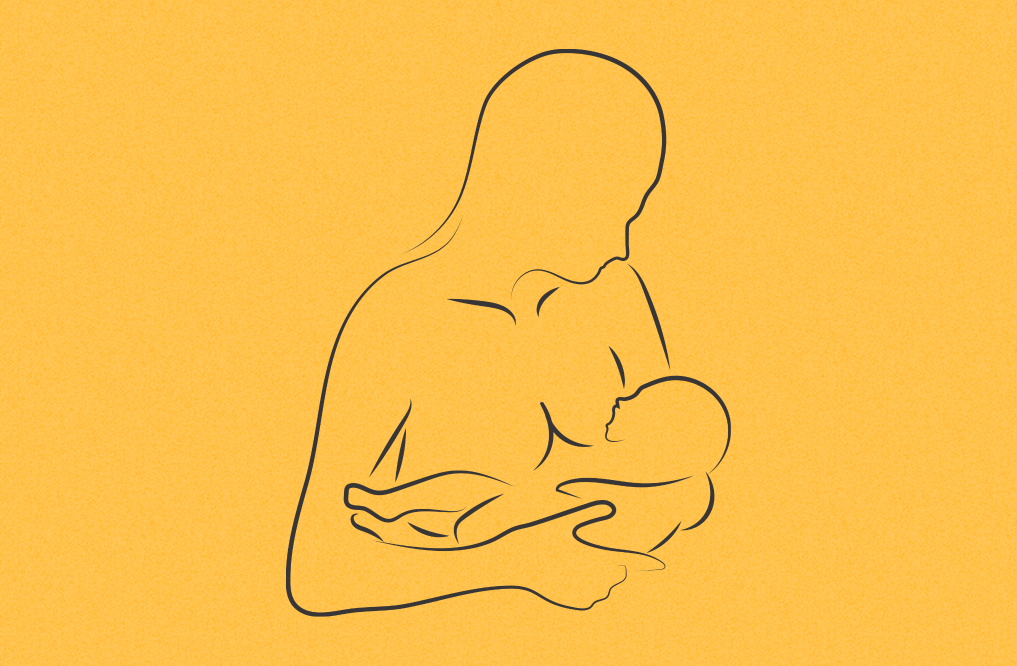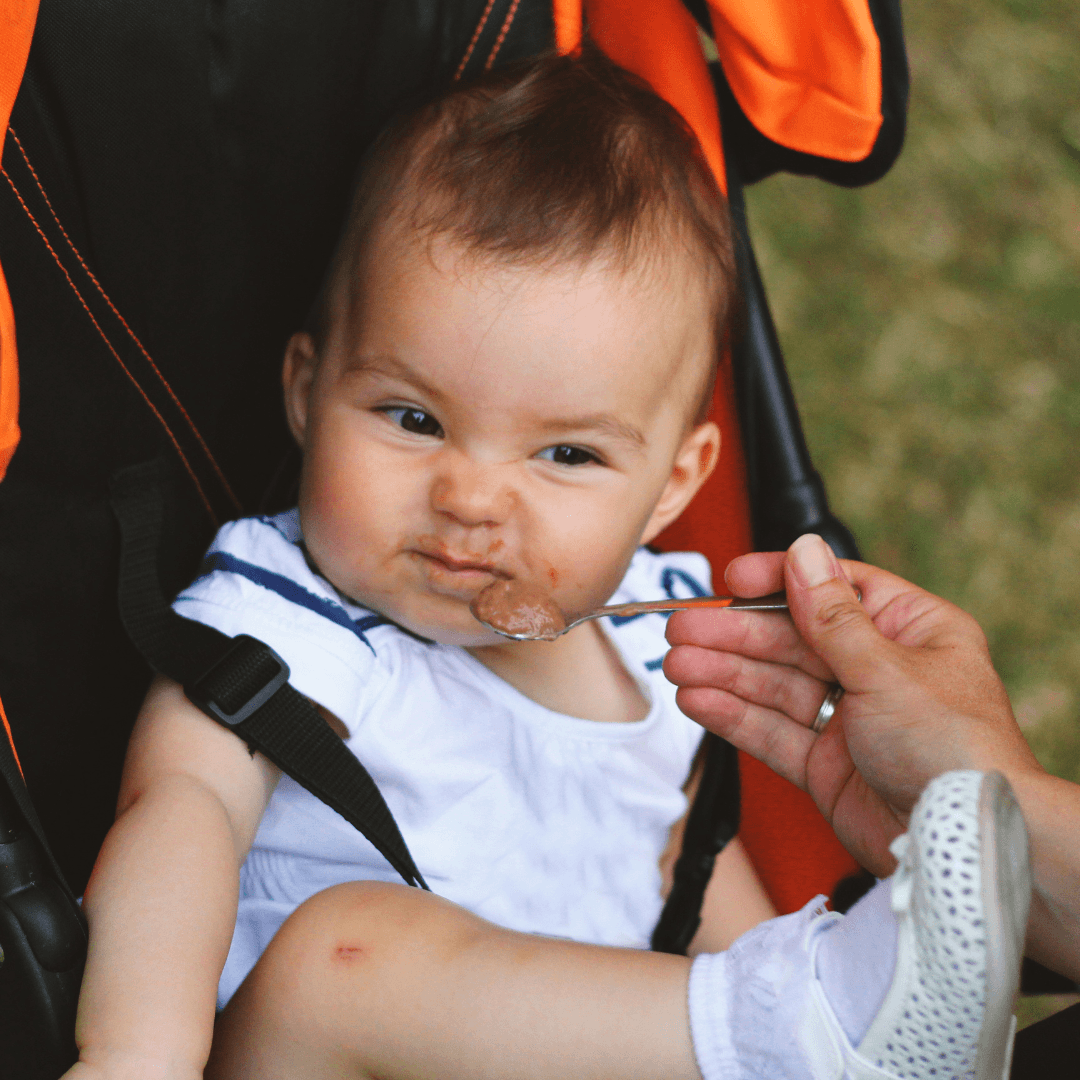
“I breastfeed the same way as everyone else... But there are times when I feel it is particularly difficult. At the postpartum care center, other mothers are easily breastfeeding in a textbook position, but my child misses the nipple and opens their mouth searching for it in the air. Why is this?”
This is because each person's breast shape and nipple size are different. What if you felt something wasn’t fully comfortable when you followed the textbook breastfeeding method? Let's learn about the lactation method that depends on the shape and size of your nipples.
“I breastfeed the same way as everyone else... But there are times when I feel it is particularly difficult. At the postpartum care center, other mothers are easily breastfeeding in a textbook position, but my child misses the nipple and opens their mouth searching for it in the air. Why is this?”
This is because each person's breast shape and nipple size are different. What if you felt something wasn’t fully comfortable when you followed the textbook breastfeeding method? today! Let's learn about the lactation method that depends on the shape and size of your nipples.
Everyone's Nipples are Different
Different mothers may have different nipple shapes. The four major types of maternal nipple shapes are as follows. They are flat, ridged, polka-dot, and slanted. Depending on the shape of your nipples, you may experience different difficulties with breastfeeding. Flat nipples are sometimes difficult for babies to suck on. Injuries are usually caused to the front of the nipples. The bulge shape makes it easy to see cracks around the nipples or between the nipples and areolas if there is a wound. The water drop shape has large nipples, which may make it difficult for babies to bite.
Even if your baby bites, they may not be able to suck properly and they might eat less. It is easy to feel chest pain because the milk does not drain smoothly. If your nipples are slanted, there are many cases in which the nipples are missed by your baby, making them unable to latch when breastfeeding in the cradle position. Also, the size of the nipples varies from person to person. From small nipples with a thickness of less than 1 cm to large nipples with a thickness of 2 cm or more, there is a wide variety. So, how should you breastfeed your baby based on the shape and size of your nipples?
Lactation by Nipple Shape
-
Small Nipples
If your nipples are small, support the nape of the child well to prevent the nipples from sliding off the baby's lips. Pull the baby's mouth towards your chest as closely as possible. When a nipple enters the baby's mouth, the baby will suck at a very rapid rate for 30 seconds to 1 minute. This stage is called the 'quick suck' stage. In the 'quick sucking' step, hold the baby by the nape of the neck and pull it toward your chest for 1 to 2 minutes. In this way, the child will naturally latch onto the nipple deeply, and you can release your pulling force after 1 to 2 minutes.
-
Big Nipples
In the case of nipples with a size approximately larger than a grape, when the baby opens their mouth, use your clean and sterilised finger to push the nipple into the baby's mouth until your finger touches the inside of the baby's upper lip. This will make it easier for your baby to suckle.
-
Obliquely Shaped Nipples
These slanted nipples can come out of the baby's mouth easily. If you think that your child is biting the areola area rather than the nipple, because you child has to open their mouth wide to latch, insert the nipple when your child is opening their mouth as wide as possible. If your child has a small mouth and latches onto the nipple hastily, it is easy for it to slip.
These above tips may vary slightly depending on the shape of the nipple, but in the end, it is important to place the nipple well in your child's mouth.
---------------------------------------------------
Author: Kwon Hyang-hwa
- Newborn Childcare Coach
- IBCLC International Breastfeeding Specialist
- Worked as the director of a postpartum care center for 10 years.







